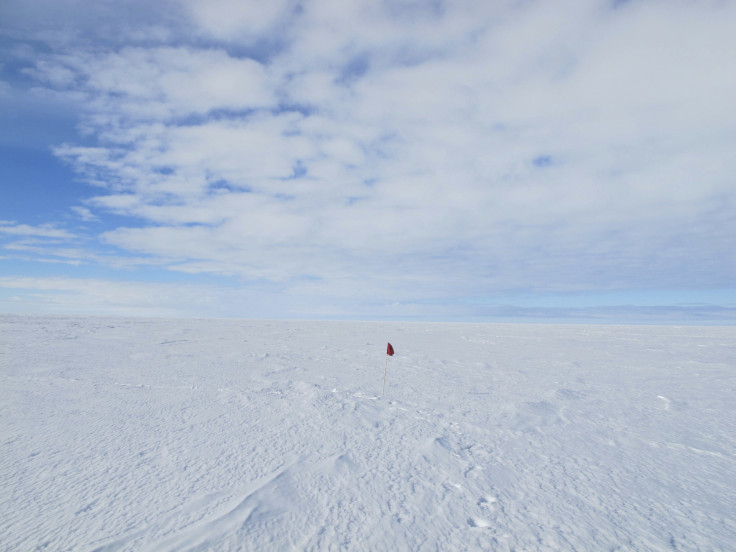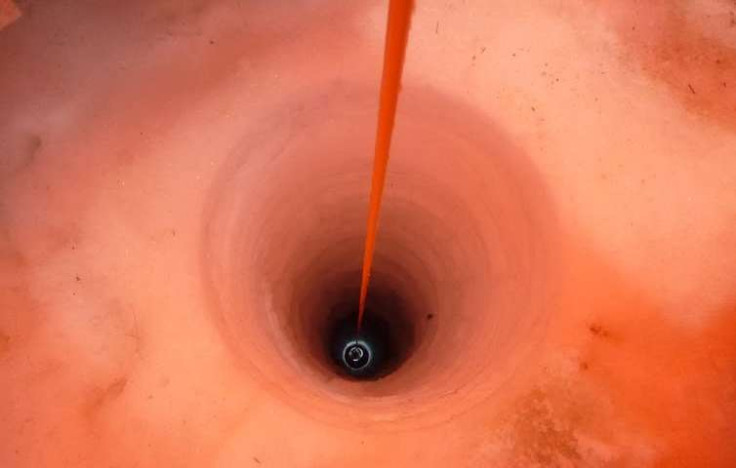Ross Ice Shelf in Antarctica is freezing, not melting and no one knows why
The ice shelf was first found to be warming, but now it seems to have started to freeze.

The largest floating ice shelf in the southern oceans — the Ross Ice Shelf — along the western coast of Antarctica has been found to be freezing, not melting, scientists have found.
Ross was beginning to melt and calve from the inside due to warming waters and reports emerged only in January that the sheet is melting and freshening the ocean within itself. However, another recent report published by National Geographic has revealed that the shelf, is, in fact freezing.
The study was reportedly carried out by a team of researchers from New Zealand in November. They used a hot water drill to dig deep into the shelf. They then proceeded to lower a camera into the hole they had melted out. Various instruments including a thermometer were also lowered into the hole as a way to study Ross's history. What they expected to find was that the ice shelf was, indeed melting.
A report by Popular Mechanics on the study mentions that the hole revealed two unexpected results. One the ice does not seem to be melting, but is freezing and two, the walls of the hole drilled with hot water, which would be really smooth if it was melting, had jagged icy crystals.

"It blew our minds," Christina Hulbe, the glaciologist from the University of Otago in New Zealand, who co-led the project, told National Geographic. Scientists have reportedly left behind a number of instruments down the hole to continue to monitor the health of the ice shelf.
While the freezing is a positive sign, it is not the whole story, warn scientists. They are now looking for signs within the shelf to see if it has had past melting episodes.
The ice shelf is roughly the size of Spain and about a kilometre thick. Scientists have long warned that it is ice shelves such as this one that actually keeps a major portion of the fresh land ice from falling into the sea. It is estimated that if Ross and four other ice shelves in the south are unable to hold back the ice from melting, global sea levels could rise by up to 10ft.





















